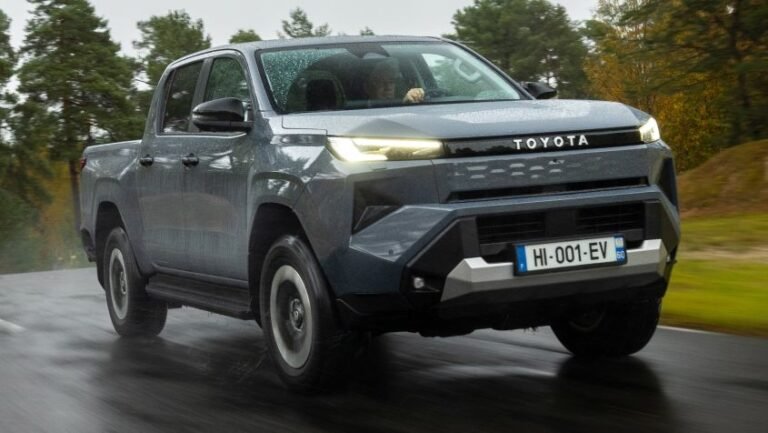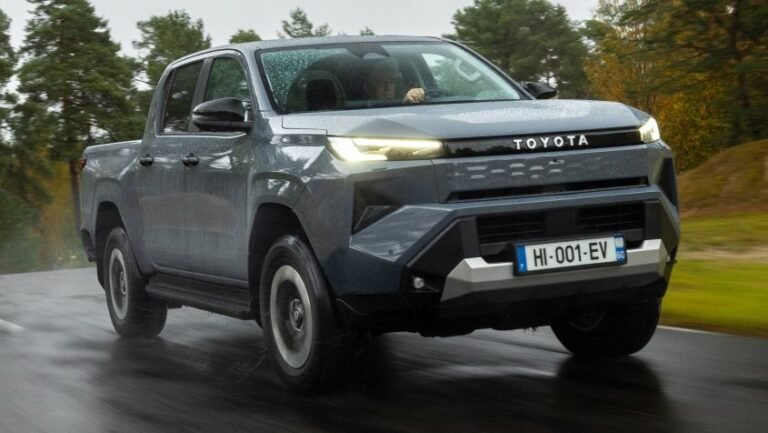
After a six-hour flight from Tokyo, I landed in Chengdu — the capital of Sichuan province and home to more than 20 million people. It’s a city that doesn’t rush to impress you. Life here moves slower. The streets are full of teahouses, the smell of hotpot is everywhere, and people play mahjong well past midnight. Compared to Beijing or Shanghai, Chengdu feels relaxed — cheaper to live in, easier to breathe in.
That’s probably why BMW M chose it for what’s become one of the biggest M Festivals in the world. The city’s energy fits the brand’s personality — passionate but laid-back, proud but never too serious.
I came here as a guest of BMW M, joining Frank van Meel, the M CEO, and a crowd of enthusiasts who’d traveled from all corners of China. Some drove in from as far as Beijing — nearly twenty hours on the road — just to be part of it.
The Chengdu Tianfu International Circuit sits about an hour outside the city, surrounded by the new developments of the Tianfu area. On normal days, it’s a quiet, 3.2-kilometer track used for local racing and testing. On this weekend, it looked like a small town built entirely around the letter M.
At the entrance, a massive 20-by-10-meter display shaped like a BMW instrument cluster welcomed visitors. It showed the full layout of the event — from drift areas to art spaces to food courts. Just past it, the first thing you could hear was tires. The BMW Driving Experience China team was already running drift demos at the autocross track near the gate. That smell of burnt rubber and the sound of engines bouncing off the limiter set the tone immediately.You didn’t even have time to adjust — the emotions hit you right away.
///M Everywhere
Walking through the venue felt like walking through a small theme park dedicated entirely to the letter M. Everywhere you looked, there was something happening.
There was the M Record, a kind of museum celebrating BMW Motorsport’s racing history. Next to it, the M Salon, where guests could get their nails or hair styled in M colors — small, fun details that made the place feel alive rather than overproduced.
The BMW Collection pop-up shop was packed, selling the latest M gear and Motorsport apparel. And in one of the more creative touches, BMW had turned a giant racing helmet into a coffee shop — literally a full-sized helmet structure with people outside sipping espresso.
Then there was the BMW Art Gallery, which housed something special: Cao Fei’s BMW Art Car #18. It’s a piece of modern art that blends the digital world with the physical, and later in the evening, Cao Fei herself showed up to reveal a new PUMA x BMW Lifestyle collection inspired by her car.And because every festival needs a place to rest, there was the M Top-Up — a massive outdoor seating area serving food and drinks right next to the drift course. You could grab a bite while watching M4s slide sideways just a few meters away.
The Paddocks — A Museum, a Workshop, and a Dream
Inside the paddock, BMW had turned the garages into M Studios. Each one focused on something different — racing heritage, current models, or what’s coming next.
The first one I stepped into immediately drew a crowd: the BMW M3 GTR from Need for Speed: Most Wanted. Yes, that car. The silver-and-blue legend of an entire generation of gamers, parked right there in front of us. People were taking pictures nonstop.Around it, BMW had set up SIM racing rigs, where visitors could race digital versions of iconic BMWs like the M1 Procar or the 3.0 CSL Batmobile.
The next studio focused on the present and the near future. Inside sat the new BMW M2 CS in Velvet Blue, the M4 Nürburgring Edition (built in just 53 units for China), and — hidden in plain sight — a camouflaged BMW M2 Track Edition that even surprised those of us who follow every M rumor.
The setup felt authentic. No velvet ropes, no corporate displays. Instead, it looked like a working M garage: wooden crates, carbon parts stacked in corners, workbenches with tools laid out neatly.
Between the studios, BMW Motorsport drivers Augusto Farfus, Jens Klingmann, and Jesse Krohn held small sessions with fans — talking about racing, technique, and what it’s like to drive M and Motorsport cars. No stage, no script, just open conversations.
The Track Comes Alive
Across the paddock, dozens of M2s, M3s, M4s, and M5s lined the pitlane. Guests could sign up for lead-follow sessions with instructors to experience the Tianfu Circuit firsthand.
The track is fairly short but technical — quick corners, a few elevation changes, and a back straight long enough to stretch an M3’s legs. Watching groups of cars take off one after another, the sound of turbo sixes and V8s bouncing off the grandstand walls, you couldn’t help but feel pulled in.
Later in the day, BMW hosted an M Corso, a parade featuring both official cars and customer builds. It looked like an M museum in motion — hundreds of cars, each a little different, each representing its owner’s personality.
Community at the Core
For all the drifting and engine noise, the real highlight was the main stage, which was almost the size of a football field. Here, BMW hosted a curated car show featuring the wildest owner builds in China.
I saw everything from slammed M2s with carbon widebody kits to a KITH-branded E61 5 Series Touring — a combination I never thought I’d see in person. Owners got up on stage to talk about their builds, their journeys, their love for M. It was streamed live on Chinese social media, reaching thousands more.
The Night Show
As the sun went down, the temperature dropped and the sound of engines returned. People started gathering near the main straight again. The evening opened with a few highlight reels from the day — owners, fans, and some of BMW M’s racing footage — shown on a massive LED screen.
Then Frank van Meel, BMW M CEO, and Sean Green, CEO of BMW China, stepped on stage. They genuinely thanked everyone for coming and talked about how important China has become for BMW M. And then came the news everyone was waiting for: the BMW M3 Touring is officially coming to China. The crowd went wild.
Next, the music started — and so did the smoke. More than twenty M cars drifted in synchronized patterns under the lights, moving around each other with inches to spare. The soundtrack included “Black Bimmer” by KEAN DYSSO, Kordas, and Linius — a crowd favorite in China — blasting through the speakers as people danced, filmed, and shouted. It wasn’t just a show. It felt like a party, a shared experience between thousands of strangers who all happened to love the same thing: The Most Powerful Letter In The World.
When it finally ended, it was well into the evening. I was supposed to leave for my flight to Germany in just a few hours, but I stayed as long as I could. The energy was too strong to walk away from.
What Makes ///M Different
As I left the circuit, exhausted and slightly deaf from the noise, I realized something: this wasn’t a typical car event. It was a reflection of what M really is today — not just cars, but people, culture, and community.
The Chengdu M Festival was emotional, chaotic, loud, and deeply human — all the things that make the M brand special. It’s proof that even in a world shifting toward electrification and technology, the connection between a driver and an M car still means something real.
I almost missed my flight. And honestly, it would’ve been worth it.
First published by https://www.bmwblog.com





































































































